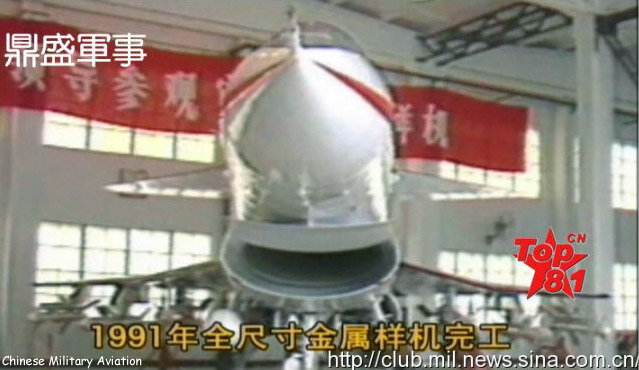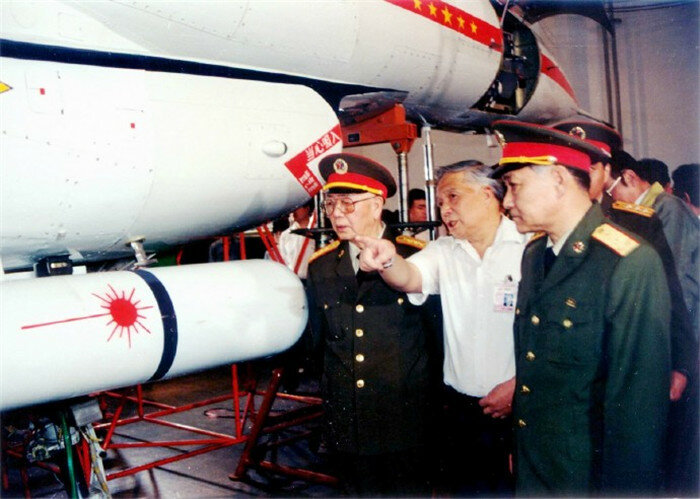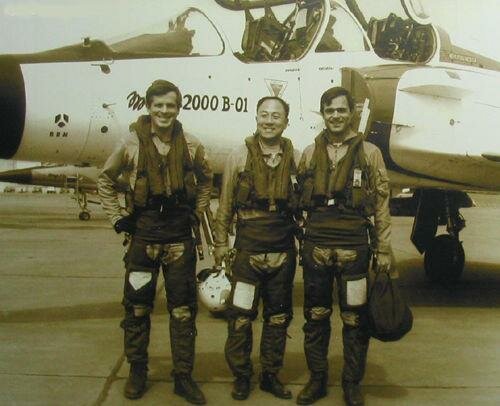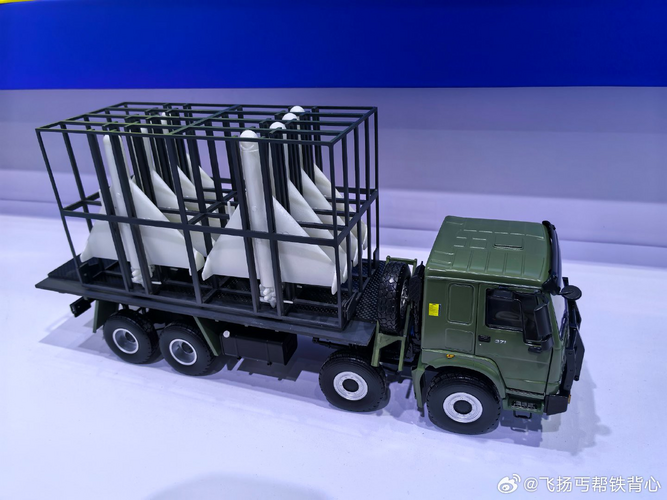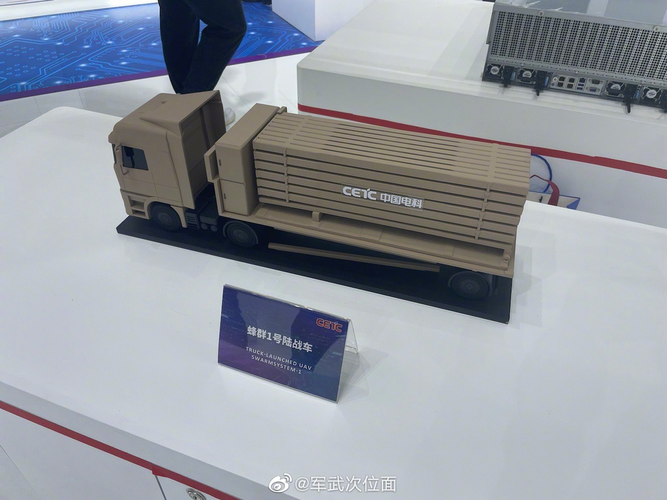China considers Rafale/M88
1 April 1997
France and China are in discussions over the possibility of the Chinese air force acquiring the Dassault Rafale next-generation fighter aircraft.
Chinese officials, including senior procurement officers, initially visited Dassault in 1996, while, more recently, French representatives, including those from Rafale engine manufacturer Snecma, have spent a considerable amount of time in Beijing.
ADVERT
Dassault and Snecma confirm that there is Chinese interest in the French fighter, and the associated M88 engine, but decline to comment further.
The Chinese air force has several fighter-development programmes under way, including the Chengdu F-10 and FC-1, as well as licensed manufacture of the Sukhoi Su-27 Flanker.
Given the development work under way, Chinese sources suggest that the air force's main interest is not in the Rafale, but in acquiring the M88 engine. The F-10 (being developed with Israeli co-operation) and the FC-1 are initially intended to be powered by Russian engines, the Klimov RD-93 and the Lyulka/Saturn AL-31F respectively. China's aim may be to find an alternative source of combat-aircraft engines to those from Russia.
Beijing sources suggest that French officials are trying to tie the release of the M88 to the Rafale, rather than discuss the powerplant independently. Dassault is keen to find an export customer for the Rafale, given the limited orders it has so far from the French armed services. Some estimates suggest that, between 2005 and 2014, the air force will receive around only 140 Rafales. Deliveries of the naval version began earlier.
Such a low rate of production will inevitably have an unwelcome impact on unit costs.
Source: Flight International



